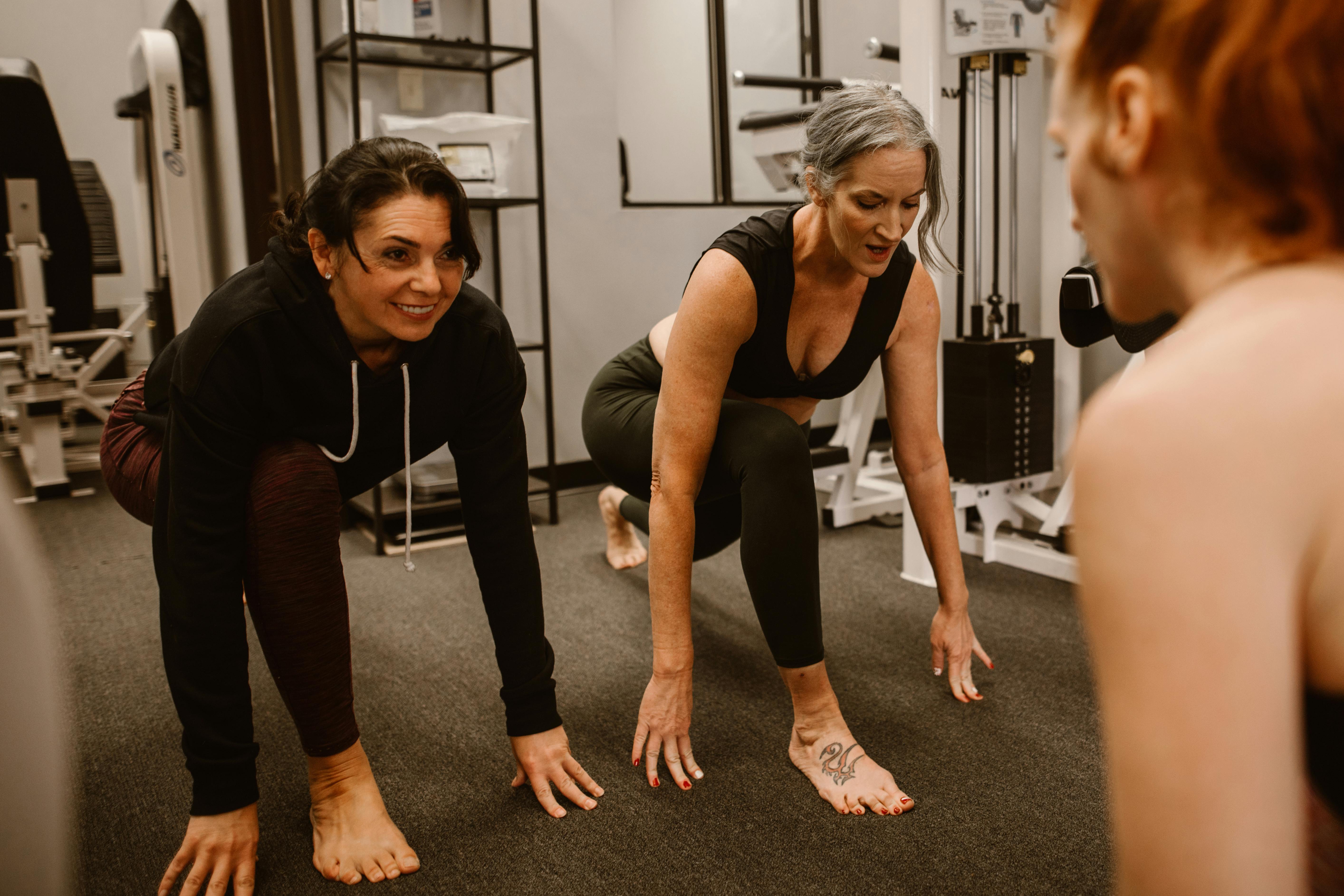



Menopause is a natural phase of life, but the symptoms that come with it: hot flushes, mood swings, joint pain, fatigue and weight gain, can be challenging. The good news is that staying active can make a big difference. Regular movement helps manage hormonal changes, protects bone and heart health, and improves overall wellbeing.
If you are wondering how to stay active during menopause and which types of exercise work best, this guide will help you get started.
Research suggests that regular physical activity may help reduce the frequency and intensity of hot flushes for many women. While individual responses vary, exercise improves the body’s ability to regulate temperature by lowering core body temperature and improving sweating and circulation.
Menopause can bring mood swings, anxiety and depression due to changing hormone levels. Physical activity releases endorphins and serotonin, the "feel-good" chemicals that help reduce stress and improve mood. Women who stay active often report feeling more balanced and in control.
Oestrogen plays a key role in bone health, and when levels drop during menopause, bones become weaker. Weight-bearing exercises like walking, jogging, dancing or strength training help maintain bone density and reduce the risk of osteoporosis.
Many women experience stiff, achy joints during menopause due to lower oestrogen levels. Gentle movement lubricates joints, reduces inflammation and prevents stiffness, making daily activities more comfortable.
Oestrogen helps keep blood vessels flexible and supports heart health. After menopause, the risk of heart disease increases, but regular exercise helps by lowering blood pressure, improving circulation and reducing cholesterol levels.
Night sweats and hormonal changes can make it difficult to get a good night’s sleep. Regular exercise, especially earlier in the day, helps regulate the sleep cycle and promote deeper, more restful sleep.
If you are new to exercise or struggling with motivation, the key is to start small and choose activities you enjoy.
Staying active during menopause is not just about reducing symptoms. It is about improving quality of life. Regular movement supports physical, mental and emotional health, making this transition smoother and more manageable.
Even small changes can have a significant impact. Whether it is a daily walk, yoga or strength training, finding ways to keep moving will help you feel stronger, healthier and more in control of your body.